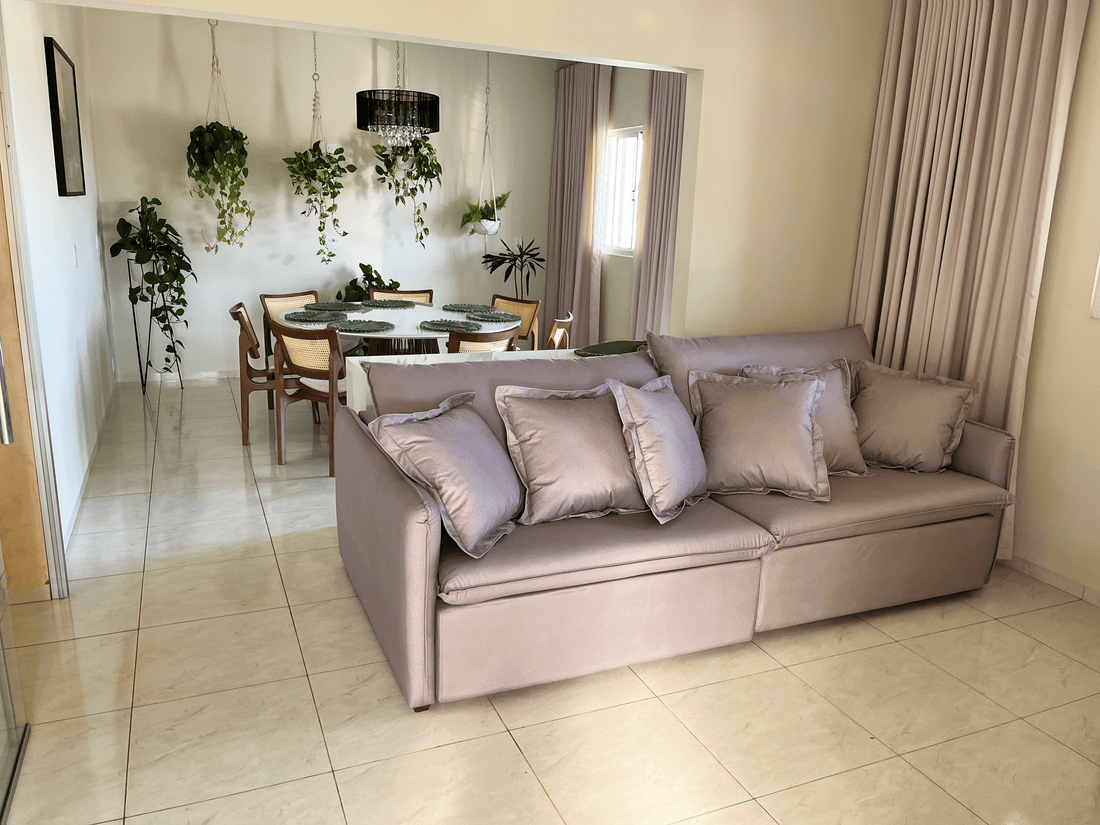
Complete Guide to Mattress and Upholstery Density Classification: Discover the Difference Between Densities and Their Applications
Share
When choosing the ideal furniture for your home or office, understanding the density classification of upholstery is essential.
Upholstery density plays an important role in the durability, comfort, and overall quality of your furniture. In this blog post, we’ll explore the concept of upholstery density and its classification, giving you the knowledge you need to make informed decisions.
What is Upholstery Density?
Upholstery density refers to the amount of foam material used in the manufacture of furniture upholstery and fillings. It directly affects the firmness, support, and resilience of the upholstery. The higher the density, the more foam is present, resulting in firmer, more durable upholstery.

Understanding Density Classification:
Upholstery density is generally classified as D-20, D-28, among others. Here are the most common density ranges and their characteristics:
D-20 (Density 20):
D-20 density is considered low and is used in simpler upholstery, such as reading chairs or chair seats. Although it offers a certain level of comfort, upholstery with D-20 density is less firm and can deform more quickly with frequent use.
D-28 (Density 28):
D-28 density is a mid-range option and is widely used in residential upholstery. It offers a balance between comfort and durability, providing adequate support and a firm feel. Upholstery with a D-28 density is ideal for daily use and tends to hold its shape longer.
Higher Densities (D-33 and above):
Higher densities, such as D-33, D-40, and above, are considered high-density. These densities are typically found in high-end upholstery and high-end furniture. They offer excellent durability, support, and resistance to sinking. Higher-density upholstery is recommended for high-traffic areas or for those who want a firmer, longer-lasting upholstery.
Factors to consider:
While density is an important factor, it is essential to consider other elements when selecting upholstery. Here are some additional factors to consider:
Foam Quality:
The quality of the foam used in the manufacture of upholstery affects its performance and longevity. High-quality foams with adequate density provide greater comfort and durability.
Application:
Consider the intended use of the furniture. A frequently used sofa may require a higher density upholstery, while a decorative armchair may be suitable for a lower density.
Personal Preference:
Comfort is subjective, and individual preferences may vary. It is important to test the upholstery before making a purchase to ensure it meets your comfort needs.
Conclusion:
Understanding upholstery density ratings is essential to choosing the right furniture for your home or office. Density directly affects the comfort, durability, and overall quality of the upholstery. By considering factors such as density range, foam quality, and intended use, you can make informed decisions and invest in furniture that offers optimal comfort and longevity.
Remember, finding the perfect upholstery density is about striking a balance between comfort and durability, ensuring your furniture remains inviting and resilient for years to come.
